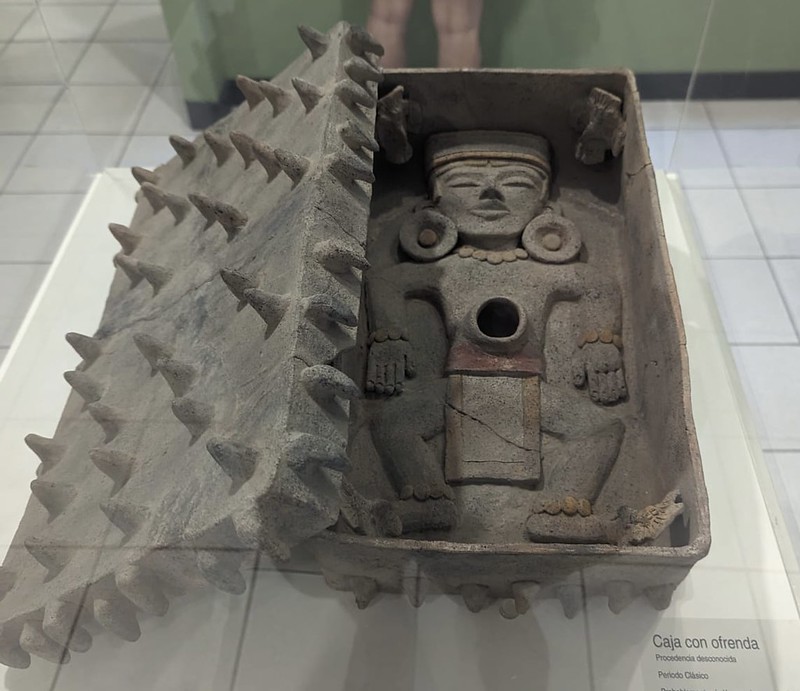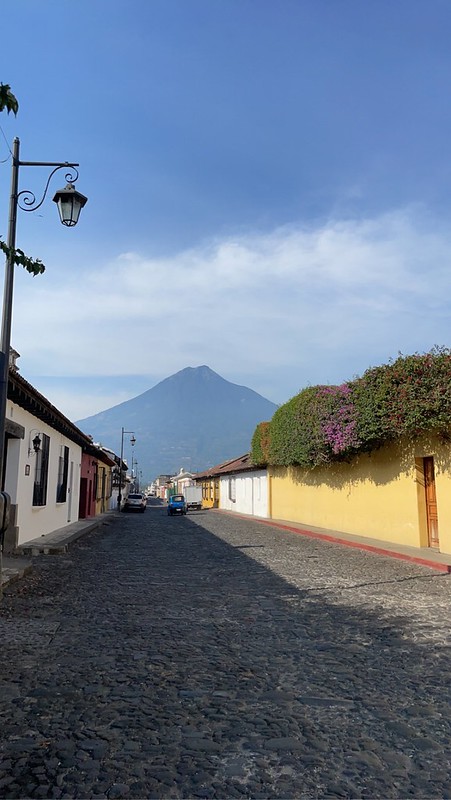Santiago Atitlán Weaving Co-op

This co-op was very interesting because we got to see men and women working alongside each other to make traje. The women at the co-op used traditional back-strap looms to make traje for men, while the men used foot pedal looms, a colonial import, to make women’s huipiles.
María Elena demonstrating how to put on a cinta

We ran into María Elena, an old friend of our guide Dolores, outside of Saint James the Apostle Church. As a favor to Dolores, she demonstrated how to put on a cinta, first by wrapping it around her braid and then building it up. We also got to learn about some of María Elena’s personal experiences during the Guatemala Civil War, not only was she very kind but her stories also showed us how strong and resilient she was. After the demonstration, she showed us her adorable hand-made beaded birds that she sells, I got a quetzal!
San Juan La Laguna Women’s Weaving Co-op

At Casa Flor Ixcaco we got to create thread out of cotton. Mastering the spindle was not possible for any of us during our short time there but this only exemplified the skill that the women working at this co-op have. The range of dye colors and beautiful garments and blankets was awe-inspiring!
The Association of Medicinal Plants Mayab

At this women’s co-op, we learned about the many different plants from across Guatemala that can be used as medicine. Each plant could be made into a lotion, a pill, or a drop, among other things, and worked to solve a different medical issue. The small store at this co-op had different soaps, lotions, teas, and all of the aforementioned iterations that were said to help solve problems like insomnia and anxiety.
Women’s Cultural/Pottery Group in San Antonio Village

As we neared the end of our trip we arrived at our final co-op with this one being located in the San Antonio village of Belize. Here we learned about traditional methods of Maya ceramic-making and got to try our hands at a newer introduction to Maya pottery, the wheel. Those of us who made pots even got to take them home at the end of our time there!
-Paisley Polk

























